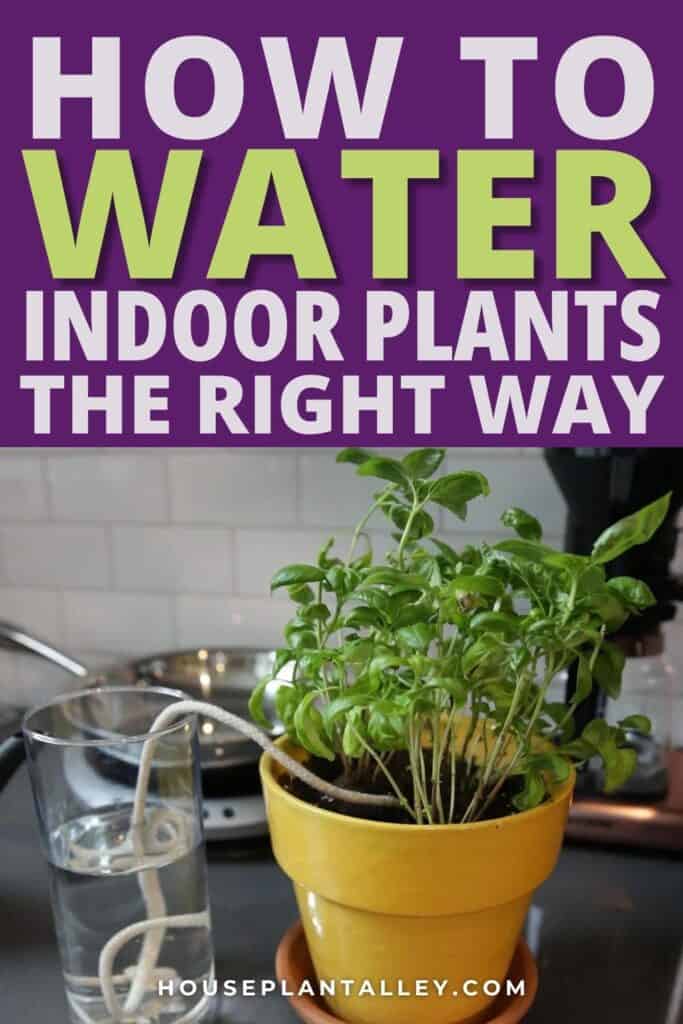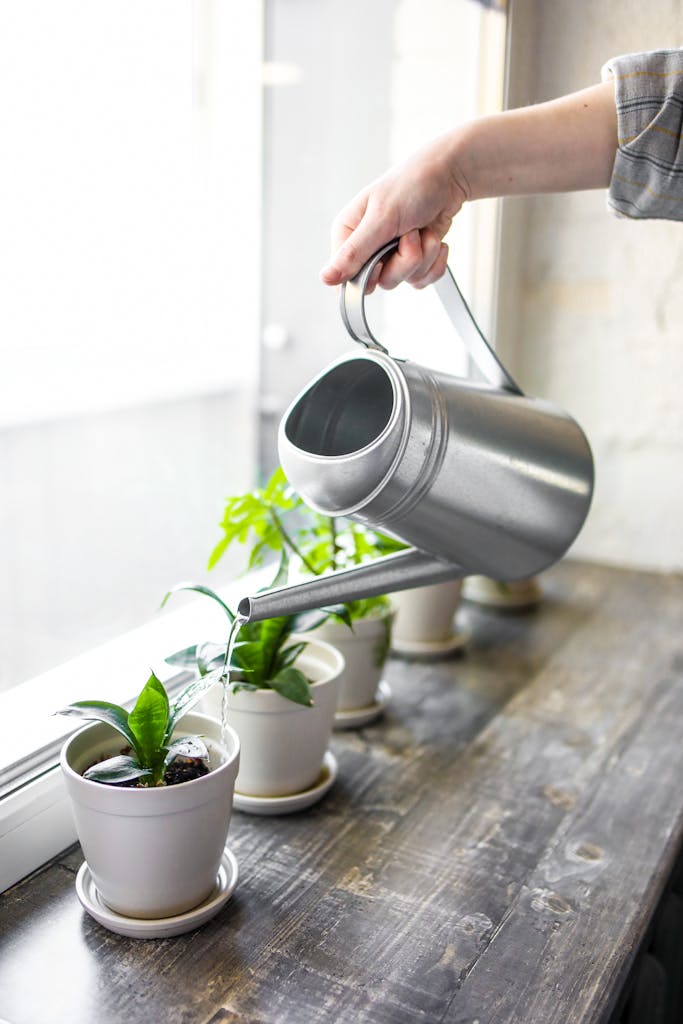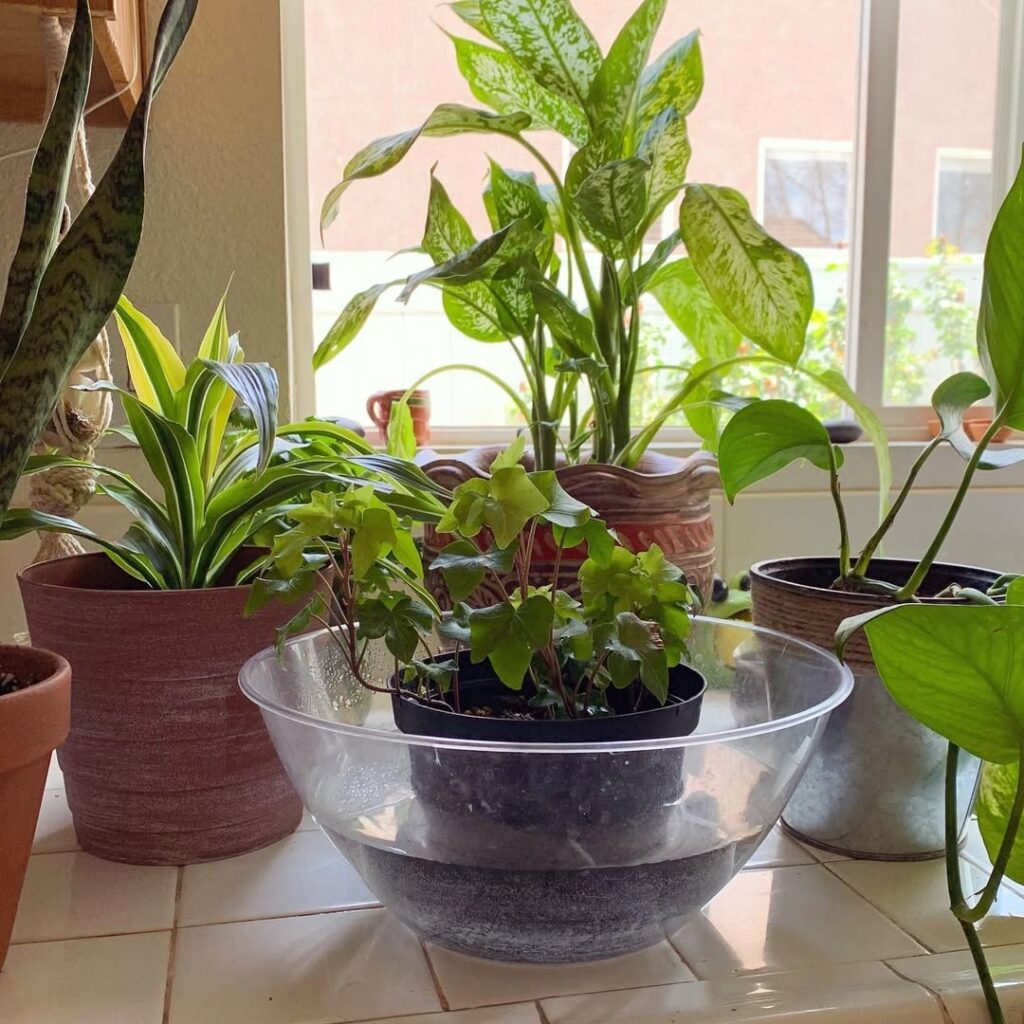Indoor plants are a fantastic way to bring life and freshness into your home. They can improve air quality, reduce stress, and even boost your mood. However, one of the most common challenges plant enthusiasts face is getting the watering just right. Overwatering, underwatering, or using the wrong techniques can lead to unhappy plants. But fear not! This comprehensive guide will help you master the art of indoor plant watering, ensuring your green friends thrive.

Contents
Understanding Your Plants’ Water Needs
The first step in mastering indoor plant watering is understanding that different plants have different water needs. Factors such as plant type, size, potting medium, and environmental conditions all play a role in determining how much water a plant requires. Here’s a quick breakdown:
- Succulents and Cacti: These drought-tolerant plants store water in their leaves and stems, so they prefer to dry out completely between waterings. Water them thoroughly but infrequently.
- Tropical Plants: Plants like ferns, peace lilies, and philodendrons thrive in humid environments and often require more frequent watering. Keep the soil consistently moist but not soggy.
- Flowering Plants: These plants usually need more water when they’re in bloom. Ensure the soil is evenly moist, but avoid waterlogged conditions.
Choosing the Right Watering Tools

Having the right tools can make a significant difference in how effectively you water your indoor plants. Here are some essentials:
- Watering Can: A good-quality watering can with a long spout allows for precise watering, reaching deep into the soil and avoiding water splashing onto leaves.
- Mister: A plant mister is perfect for increasing humidity and lightly misting plants that love moisture, like ferns and orchids.
- Moisture Meter: This handy tool helps you determine the moisture level in the soil, ensuring you don’t over- or under-water your plants.
- Reliable and accurate
- Easy to read
- Less hurts to the roots
Watering Techniques
Now that you know your plants’ needs and have the right tools, let’s dive into some effective watering techniques:
Bottom Watering
Bottom watering is a great way to ensure the entire root system receives moisture. Place your plant pot in a shallow dish filled with water, allowing the plant to soak up water through the drainage holes. Leave it for about 15-20 minutes or until the soil feels evenly moist. This method reduces the risk of overwatering and helps prevent root rot.

Top Watering
Top watering involves pouring water directly onto the soil surface. Water slowly and evenly, allowing the water to penetrate the soil and reach the roots. Ensure any excess water drains out of the bottom to prevent waterlogging.
Misting
Misting is especially beneficial for plants that thrive in high humidity. Use a plant mister to lightly spray the leaves and surrounding air, mimicking the plant’s natural environment. This technique is ideal for tropical plants and orchids.
Self-Watering Planters
Self-watering planters have a built-in reservoir that provides a consistent supply of water to the plant. These planters are great for busy individuals or those who tend to forget to water their plants regularly.
- Reduce watering frequency
- Real-time water level indicator
- Classic white color with simple design
Popular Indoor Plant Watering Schedule
|
Plant |
Watering Frequency |
Notes |
|---|---|---|
|
Succulents & Cacti |
Every 2-3 weeks |
Allow soil to dry out completely between waterings. |
|
Fiddle Leaf Fig |
Once a week |
Water thoroughly, but ensure good drainage. |
|
Spider Plant |
Every 7-10 days |
Keep the soil slightly moist but not soggy. |
|
Peace Lily |
Every 5-7 days |
Keep the soil consistently moist. |
|
Pothos |
Every 1-2 weeks |
Allow the top inch of soil to dry out between waterings. |
|
Snake Plant |
Every 2-3 weeks |
Allow the soil to dry out completely. |
|
Aloe Vera |
Every 3-4 weeks |
Allow the soil to dry out thoroughly. |
|
ZZ Plant |
Every 2-3 weeks |
Water when the soil is completely dry. |
|
Philodendron |
Every 7-10 days |
Keep the soil evenly moist but not waterlogged. |
|
Rubber Plant |
Every 1-2 weeks |
Allow the top inch of soil to dry out between waterings. |
|
Monstera |
Every 7-10 days |
Keep the soil consistently moist but not waterlogged. |
|
Begonia |
Every 5-7 days |
Keep the soil slightly moist, avoid waterlogging. |
|
Calathea |
Every 5-7 days |
Keep the soil consistently moist and increase humidity. |
|
Ferns |
Every 3-5 days |
Keep the soil consistently moist, mist regularly. |
|
Peperomia |
Every 7-10 days |
Allow the top inch of soil to dry out between waterings. |
|
Hoya |
Every 7-10 days |
Allow the top inch of soil to dry out between waterings. |
Tips for Adjusting Watering Schedules
Determining how often to water your indoor plants can be tricky. Here are some general guidelines to help you establish a watering routine:
- Check the Soil: Before watering, check the moisture level of the soil. Stick your finger about an inch into the soil; if it feels dry, it’s time to water. If it’s still moist, wait a few more days.
- Seasonal Changes: Plants’ water needs can change with the seasons. During the growing season (spring and summer), plants typically need more water. In the dormant season (fall and winter), reduce the frequency of watering.
- Size and Type of Pot: Larger pots hold more soil and moisture, so they may require less frequent watering. Clay pots tend to dry out faster than plastic or ceramic pots.
Common Watering Mistakes to Avoid
Even with the best intentions, it’s easy to make mistakes when watering indoor plants. Here are some common pitfalls to avoid:
- Overwatering: One of the most common mistakes is giving plants too much water. Overwatering can lead to root rot and other issues. Always ensure proper drainage and let the soil dry out between waterings.
- Underwatering: Neglecting to water your plants can cause them to wilt and become stressed. Keep a regular watering schedule and monitor soil moisture levels.
- Watering Leaves: Avoid pouring water directly onto the leaves, as this can lead to fungal diseases and leaf spots. Instead, focus on watering the soil.
Final Thoughts
Mastering indoor plant watering takes a bit of practice and observation. By understanding your plants’ needs, using the right tools, and employing effective watering techniques, you can ensure your indoor garden thrives. Remember, happy plants make for a happier home. So, grab your watering can and give your green companions the love and care they deserve!


